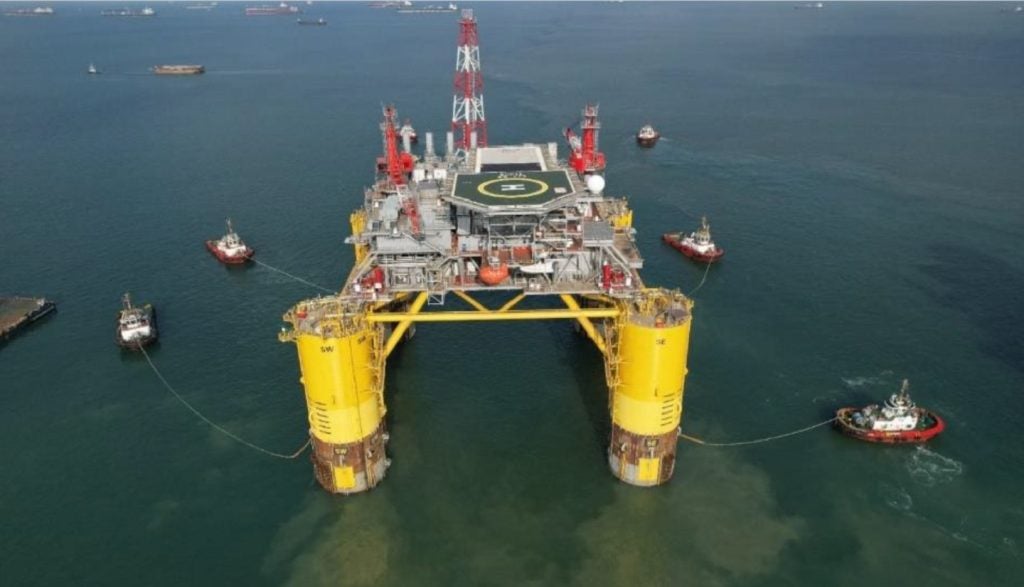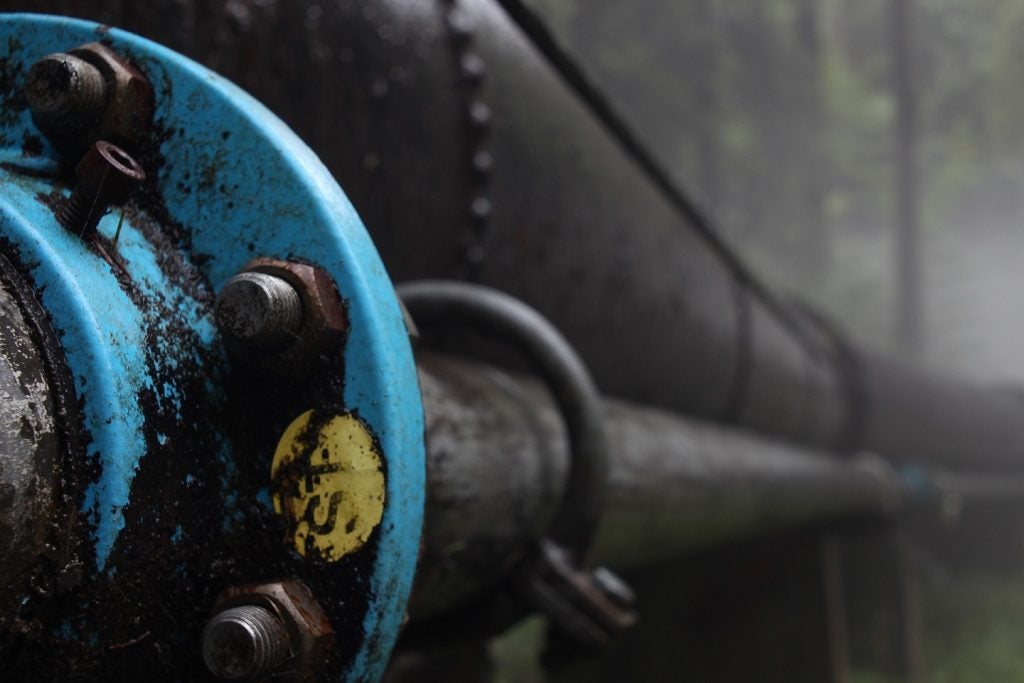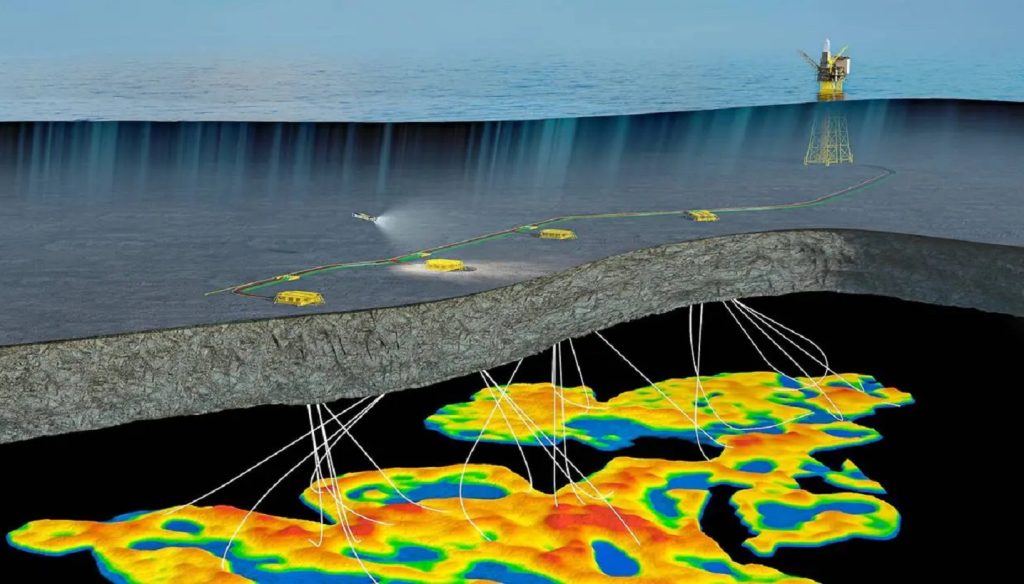Seatrium has delivered an FPU for deployment at Shell’s Whale project located in the Alaminos Canyon in the US, part of the Gulf of Mexico.
The delivery forms part of a contract awarded by Shell Offshore to Sembcorp Marine Rigs & Floaters in November 2019.
Earlier this year, Seatrium was formed with the merger of Sembcorp Marine and Keppel Offshore & Marine.
Seatrium CEO Chris Ong said: "We are delighted to have successfully delivered the Whale FPU project, which marks a significant milestone in our journey as we continue to expand our footprint in the offshore market.”
In a press statement, Seatrium said: “The project scores 96% on international standards for health, safety and environment and complies with the International Association of Oil & Gas Producers1 (IOGP) 577 standards as well as the US Coast Guards statutory requirements.”
The Whale FPU comprises a topside module and a four-column, semi-submersible floating hull.
Seatrium said it has completed hull structure fabrication for the Whale FPU in its steel fabrication facility, which is powered by renewable solar energy.
Located nearly 321km south-west of Houston, Texas, the Whale deepwater field is expected to have a peak production capacity of nearly 100,000 barrels of oil equivalent per day (boepd).
Due to be commissioned in 2024, the Whale field is estimated to hold recoverable resource volume of 490 million barrels of oil equivalent (mboe).
Shell owns an operating stake of 60% in the Whale field while its partner Chevron USA owns the remaining stake of 40%.











